Single-point perspective:

Two-point perspective:
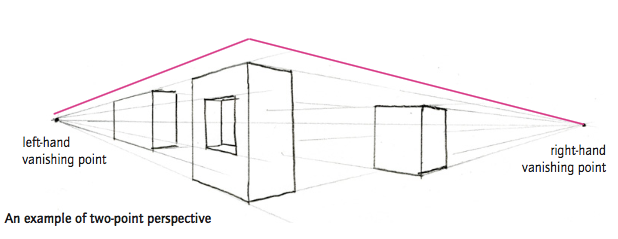
Three-point perspective:
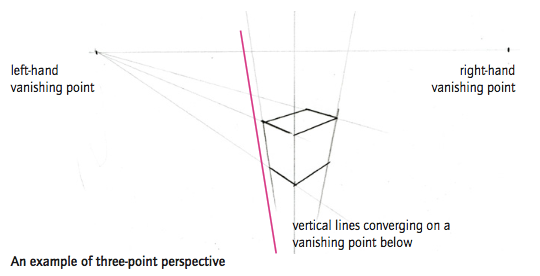
Isometric drawing:
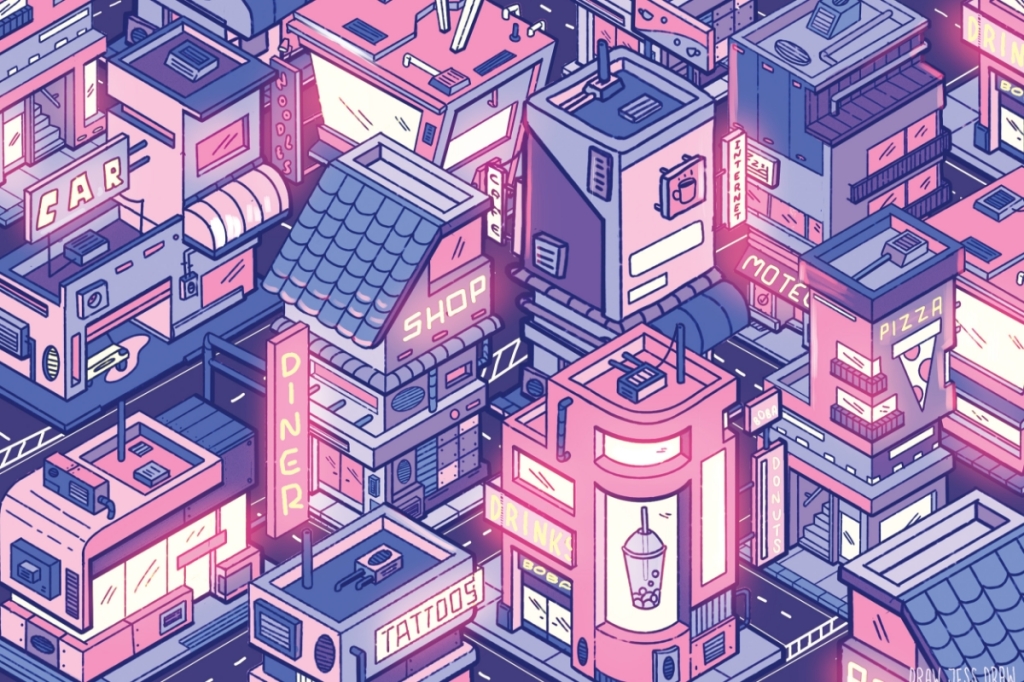
https://www.adobe.com/creativecloud/photography/discover/isometric-art.html
Research task:
For this research task, I need to find illustrators who have designed wallpapers, fabrics, wrapping paper, or on any other flat surfaces that I find interesting and discuss how their illustrations play with the idea of flatness.
Lowell Hess – ‘The giant golden book of Mathematics’ book illustration

(Found on Pinterest)
Kenne Gregoire – Acrylic Paintings – ‘Appeltje eitje’ & ‘Aperatief’


http://theartroomplant.blogspot.com/2013/05/kenne-gregoire-i.html
https://kennegregoire.com/stilllifes/
Peter Donnelly – ‘Waterfall’ – Poster

https://donnellyillustration.com/waterfall-poster
Matthew Houston – (Untitled Illustration)
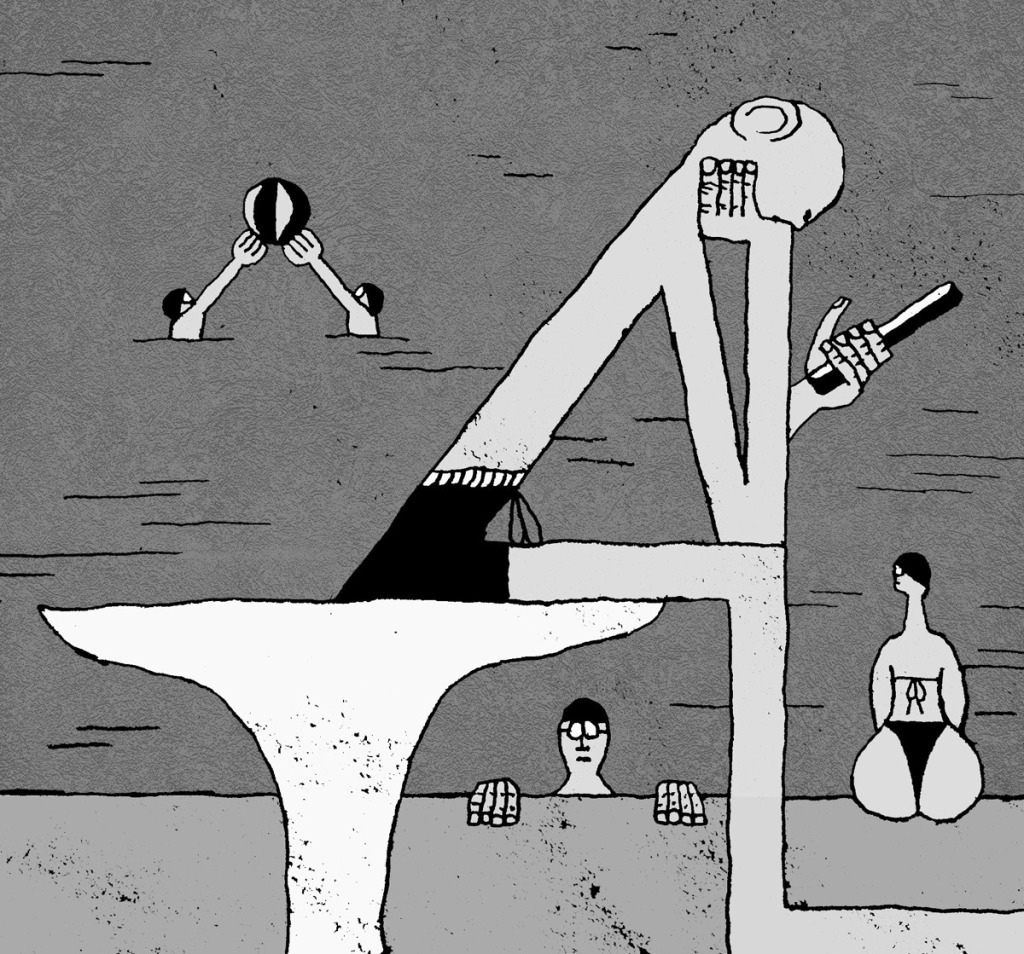
https://hexagon.graphics/matthew-houston-illustrations/
Maaike Bakker – ‘The River’ – illustrated for a short story

https://www.behance.net/gallery/3712502/THE-RIVER
Heather Young – ‘Waiting for you’ wall mural

Analysis:
All the illustrations above play with the idea of flatness and still they all have very different art styles. Some are painted with acrylic, and others have been made digitally. I also find it interesting how my selection picks out different illustrations from different eras. You can see the ones that are older have been created using more traditional mediums and the newer pieces have relied more on digital mediums. They are all equally interesting but the one that really stuck out to me when I was researching all these artists was Kenne Gregoire, she uses Acrylic Paint to create her works, I chose two paintings out of her very large portfolio – ‘Appeltje eitje’ & ‘Aperatief’ are I thought they visualised ‘flatness’ the best. I thought her art was interesting as these paintings look historic yet I have never seen paintings like them before, it must be quite hard to create ‘flatness’ within paintings when you are used to using perspective to make the paintings realistic. For the other illustrators’ works above I find it interesting how depending on who you are and what ‘creative eye’ you have, your idea of flatness changes considerably for instance Matthew Houston and Maaike Bakker’s art styles and use of mediums are so different but the ‘flatness’ still comes through.
Exercise 1:
For this exercise, I am to produce five drawings depicting a room in my flat using:
- One-point
- Two-point
- Three-point Perspective
- Isometric Projection to represent the room
- Deliberately break the rules and draw the space with its own visual logic
- Flat Drawing
My lounge room:


One-point:

Two-point:
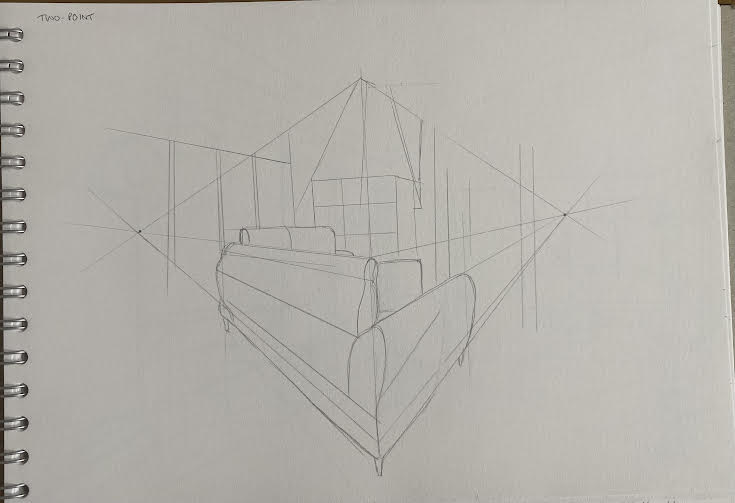
Three-point Perspective:
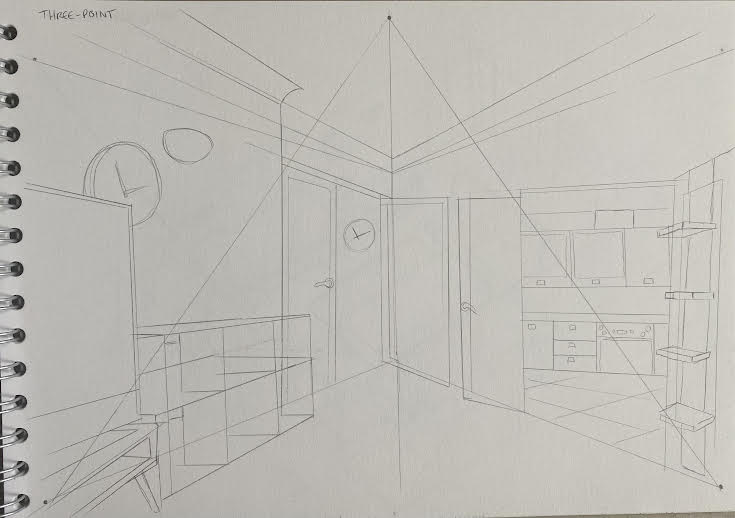
Isometric Projection to represent the room:

Deliberately break the rules and draw the space with its own visual logic:

Flat Drawing:

Analysis:
For this exercise, I chose to draw my lounge room in my flat as it has the most interesting decor, the walls are already sloped as it’s a penthouse flat so when I drew them I had to keep that in mind for them to be realistically angled.
These different approaches affect the ‘meaning’ of the visual space being represented because they change the feeling depending on what angles I draw. I also think the ‘meaning’ is changed as if I was to draw something realistically using one, two, or three-point perspective it means that I wanted you to view the room as it actually is in reality, if I draw using isometric projection I want you so view it as if I was showing you how the flat would look in a property development meeting and if I draw using rule breaking and flat drawing I want you to feel rather than see the room.
When I chose to draw with or without perspective there was a massive change in the amount of effort involved. I enjoyed the creative freedom when drawing the flat and breaking the rules illustrations as I was able to be a lot more abstract but still able to include the context and objects of the room.
